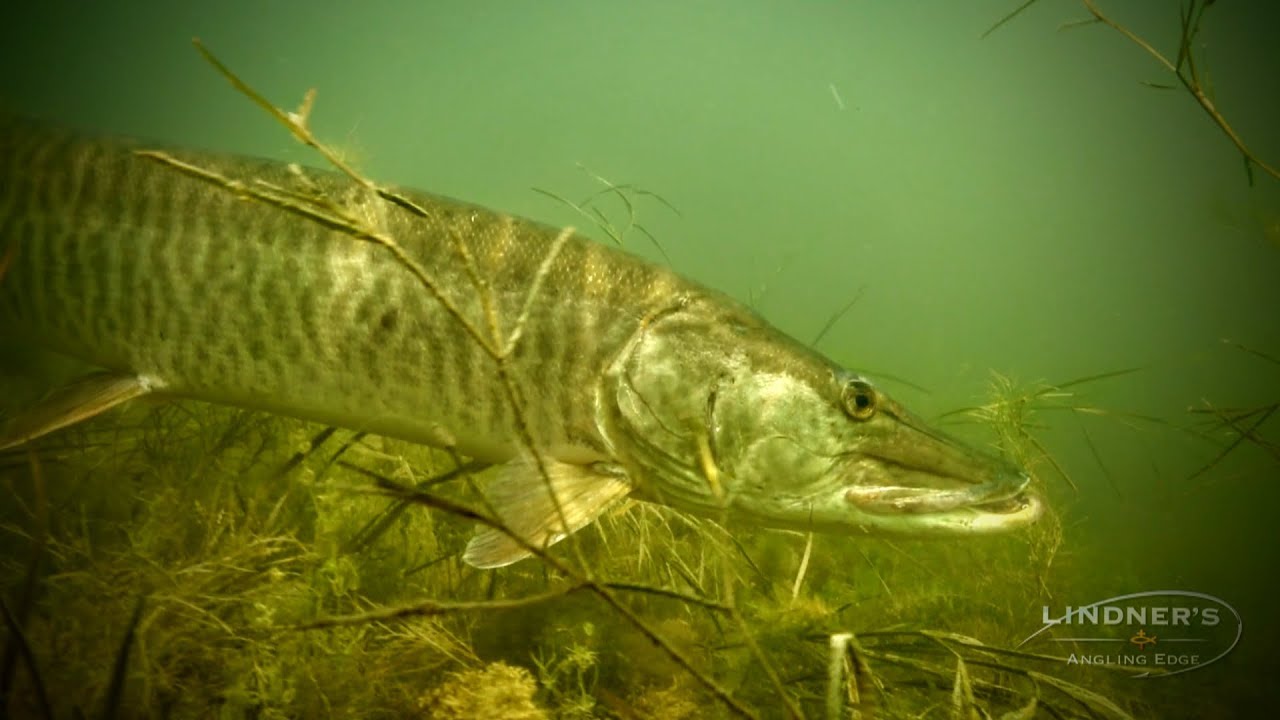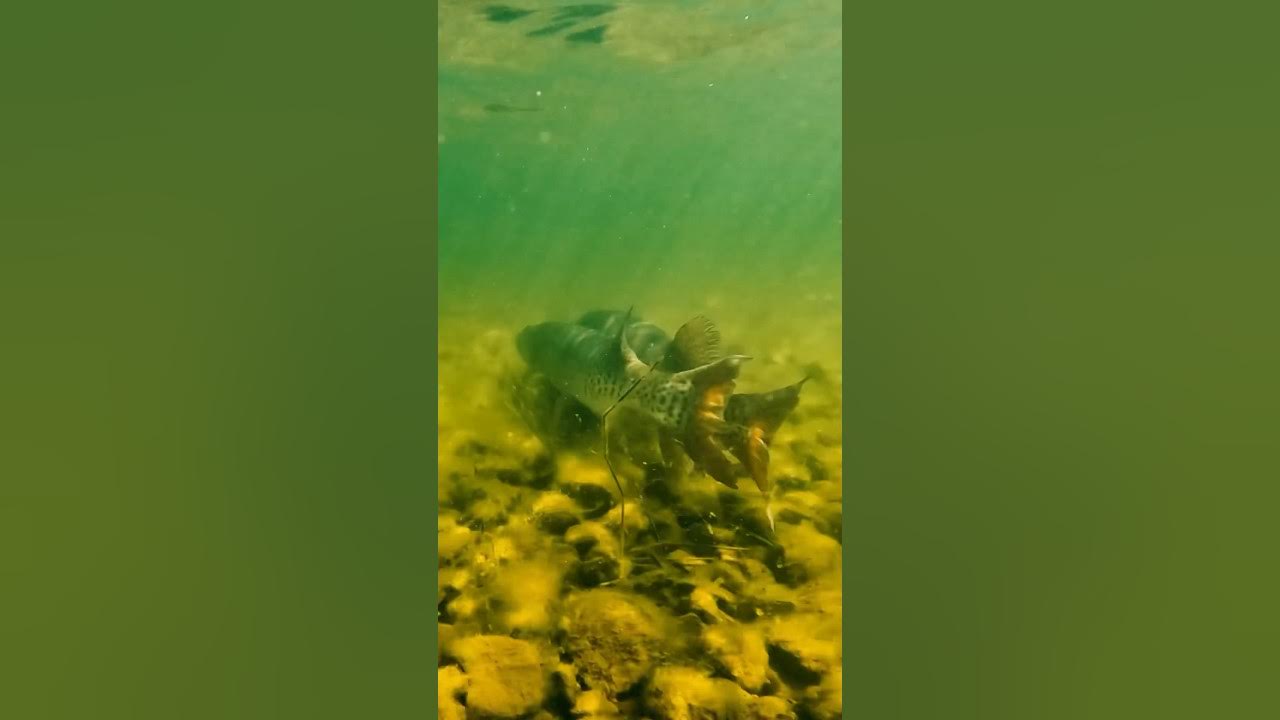FISHING AFTER TURNOVER
Monica and I have fished in bad weather many times because we were limited to our time on the water. We fished in heavy rain, freezing weather and even windy days with sleet pelting us because we didn’t have a choice, but all that changed when we moved to the Northwoods and could pick our days to fish. So, I guess you can now call us fair weather anglers. Being November, you might see a few boats on the water, and I give those anglers a lot of respect for a few reasons. 1) Because we have been there done that. 2) Fishing after turnover can be frustrating.
I have heard many times people talking about fishing all day and felt lucky to catch a couple of fish, but adding it really wasn’t worth going out that day. Once lakes turnover in the fall, most experienced anglers will tell you fishing can be challenging and those favorite hot spots will no longer be hot. After turnover the water stabilizes and now has oxygen throughout the entire lake. Are fish scattered at this point, and can they be anywhere and at any depth? Yes, yes and yes.
Does this mean you cannot find or catch fish? No not really, but there are different tactics and techniques that could make your day on the water successful. First, don’t spend a lot of time in one spot. Second, different species will be in different locations. WALLEYES tend to head to deeper water once the lake turnovers. Remember the food chain rule. Find baitfish and you WILL find bigger fish-eating little fish. Try fishing at different depth around humps, deeper side of weed bed and drop-offs near rock structure. Once you catch a fish, remember how deep you caught that fish, because that depth will be similar at other locations. Because of the food chain rule (see above) I suggest using live bait and bigger minnows should work better than smaller ones.
If you’re looking for panfish I would start in shallow water first. If you can find ANY green weeds in 6 to 8 feet of water could be a good spot to start. Wind blowen shorelines can also produce fish. But I believe shorelines with ANY wood/stumps sticking out of the water (even wood docks) could be the best spots on the lake. Wood will absorb sunlight, and the water close to the wood will be slightly warmer and will attract baitfish. There’s the food chain again.
Once lakes turnover, it can be tuff finding and catching fish, but for those anglers that don’t mind or will brave whatever weather mother nature hands them, I hope some of these locations above will put fillets in your freezer.




